Daily Habits That Harm Our Teeth
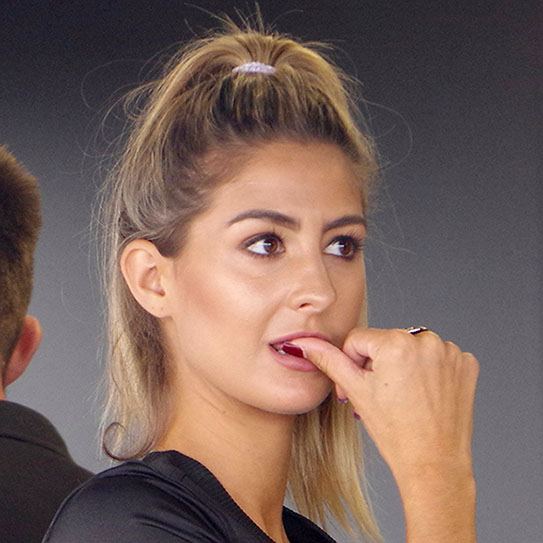
OUR TOOTH ENAMEL holds the distinction of being the hardest substance in our bodies — even harder than bone! But don’t take that to mean our teeth are invincible. As hard as enamel is, it’s also somewhat brittle, so we should be careful to avoid daily habits that attack that weak point. Two of the most dangerous ones are mouth breathing and nail biting.
Nail Biting: Bad For Nails, Bad For Teeth
The most obvious evidence that nail biting is a harmful habit is the shredded, torn nails, but it’s just as bad for oral health, if not worse. Nail biting can erode, chip, and crack teeth. It can shift them, creating gaps, and can even affect the bite, increasing the risk of developing a chronic teeth-grinding habit.
It also introduces all the dirt and germs under the fingernails to the gum tissue, where it can cause gum disease. Possibly the worst thing nail biting can do to the teeth is trigger root resorption, which is when the roots of teeth begin to break down, leaving the teeth in danger of falling out. This risk is even greater for orthodontic patients with wire braces.
Mouth Breathing: Use As Emergency Backup Only
One of the amazing things about the human body is the many redundancies built in so that we don’t lose all function if one thing breaks down. We have two kidneys, two lungs, two eyes, two ears, and two ways to breathe: through our noses and through our mouths. However, we should really try to avoid breathing through our mouths unless breathing through our noses isn’t an option.
Mouth breathing leads to a number of problems, both short and long term:
- Lethargy. Nose breathing produces nitric oxide, which helps our lungs absorb oxygen. Mouth breathing leads to reduced oxygen levels, leaving you with less energy. For kids, this can make it harder to pay attention at school, while adults may struggle to be as productive at work.
- Dry mouth. Mouth breathing dries out the mouth, leaving it without saliva, its first line of defense against harmful bacteria. This can lead to issues like chronic bad breath and tooth decay.
- Sleep apnea. Mouth breathing increases the risk of sleep apnea, which makes it hard to get a full, restful night’s sleep, leading to lower energy and many other problems.
- Altered facial structure. A mouth-breathing habit in a child can actually affect the way their facial bones develop, leading to flat features, drooping eyes, a small chin, and a narrow jaw and dental arch.
- Orthodontic problems. Narrowed dental arches will typically not have room for the full set of adult teeth, and this will need orthodontic treatment to fix.
We Can Help You Break These Habits
If you or your child has one or both of these harmful habits and you aren’t sure what you can do to fix it, we’re here to help! Give us a call or schedule an appointment with us, and we can discuss ways to discourage mouth breathing and nail biting so that they won’t continue to endanger your oral health. Meanwhile, keep up with the good habits like twice-daily brushing and daily flossing!

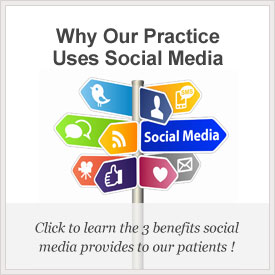







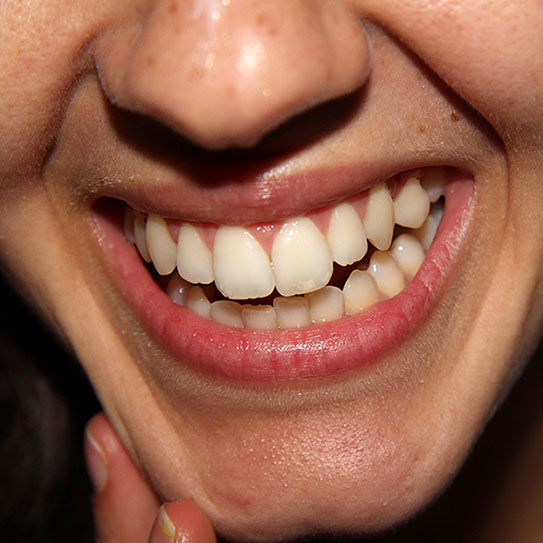

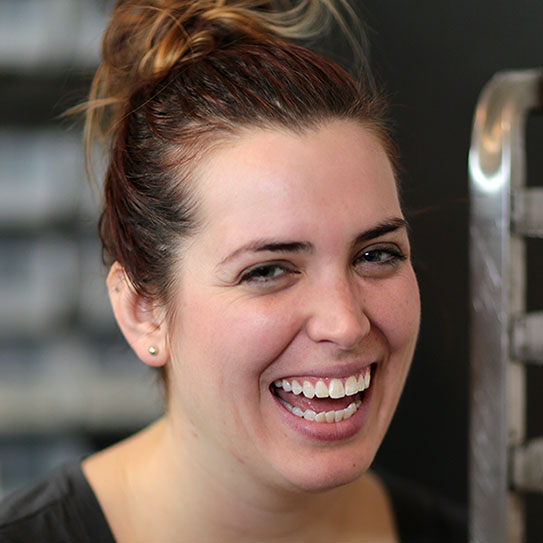

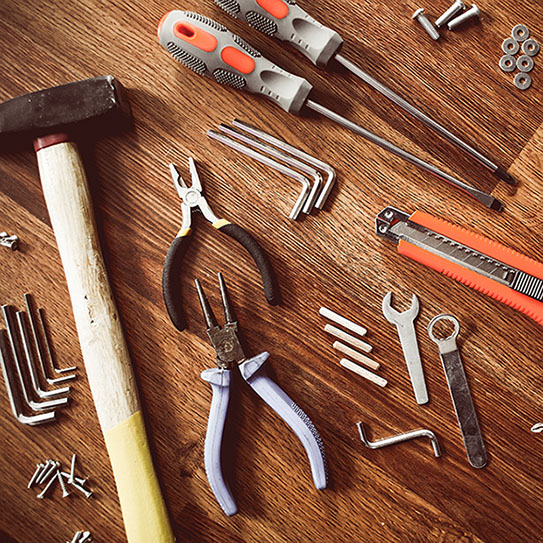


My daughter and I love going to see Dr Aparna Sadineni and her professional staff. We never have to wait and the staff knows us like a second family. I highly recommend this office!